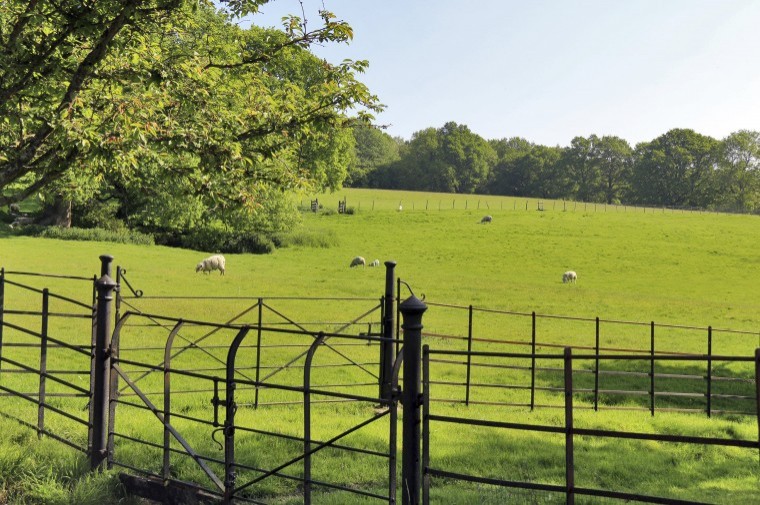The spectrum of management issues arising on any estate or landholding is considerable, ranging from routine, protective, opportunistic, and unavoidable. The deadline for blanket EPC compliance is looming. Scheme audits come around again at frightening pace and increased farm inspections by the Health & Safety Executive are taking place in some areas of the country. The list is long and it is important to devote sufficient time and resource to getting management jobs done.
However, it is also essential to step back from the day to day operational and management needs and look at an estate’s performance and longer-term outlook. It is easy to set a long-term strategy and stick with it, and accept budgetary performance as being determined by the make-up of the estate, but a creative review can help enhance performance, meet objectives of all of the individuals involved in the estate – current and future, and prepare for difficult events on the horizon that need to be faced head-on.
A good approach is an analysis of the current financial performance followed by a structured discussion among all the relevant individuals in the business or ownership, away from the day-to-day hub of the farm or estate, and a fluid agenda that provokes thought into some or all of the following:
Enterprise review
It’s worth exploring the performance of each enterprise, looking not just at visible net returns, but also true net performance after overheads and time and employee costs. Sales of property or ending long operated enterprises might not be acceptable to estate objectives, but enterprises taking up a lot of time or cost for little net profit need conscious acceptance, while there might be some steady sources of reliable income that can be expanded and grown. Revisit possible markets for produce and think about alternatives that might attract a premium or reduce costs. Think about the way key people spend time, in relation to the relative performance of the enterprises. Benchmarking is very helpful in advance of the review to identify successes and under achievers – including let property rents and costs, farm enterprises, and overheads.
A five-year plan – and further milestones
With the outlook over the next five to ten years uncertain, but sure to be different, it is important to look at the current year’s budget and adjust it to scenario plan for say five years hence, taking into account the potential impact of Brexit on subsidy support and crop, livestock or milk prices. It is essential to confront a maintenance bow wave or unavoidable capital expenditure on the horizon and plan how and when the budget could accommodate it, and to think about the impact of increased drawings on an estate as new generations become involved. How does the five-year plan look if the estate or farm stands still? Consider the next milestones after five to ten years – a generational succession perhaps.
Opportunities
Most estates and landholdings have opportunities in some form. Development possibilities, alternative uses of existing buildings, new enterprises. Consider grant availability, current support for renewable heating, rising prices for timber, or lease reorganisations to create revenue opportunities. Prioritise within the five to ten year plan with a view to the best return or estate objectives, and plan according to capital circumstances.
Risks
Consider the greatest risks on the estate and the likelihood of occurrence, and plan ways to mitigate and manage those risks. These would include financial risks, such as Brexit impact or the potential end of a key source of income, and a change in current tax regimes, Management risks could include loss of key staff, a major event such as fire and other business interruption risks. Think about back-up plans and longer term means of defending the business against the identified risks.
Long term strategies
Keep long term plans such as inheritance tax planning, succession planning and business structure under review with help from professionals. Estates rarely stay the same for very long and a regular review of the long-term strategies alongside the changing dynamics of business performance is important.
Finally, capturing the projections, agreed planned objectives, and risk reduction strategies that arise from the review in a format that is accessible and useful is important to ensure the outcome of the review is implemented year on year, while the day to day management issues continue to compete for attention.




